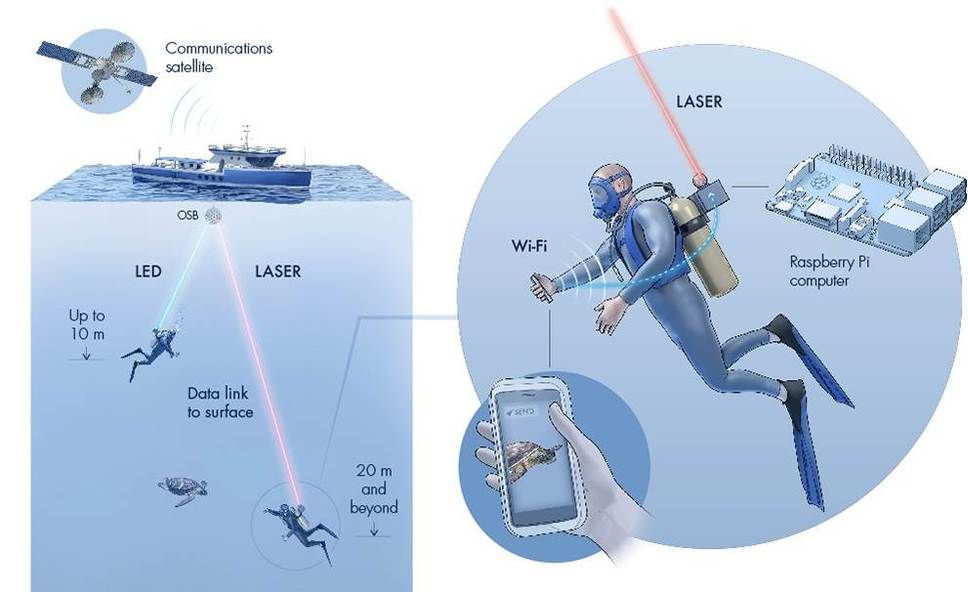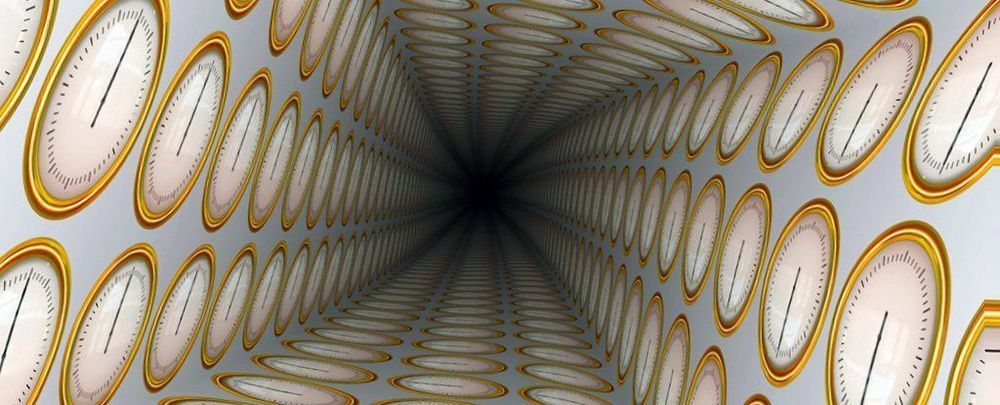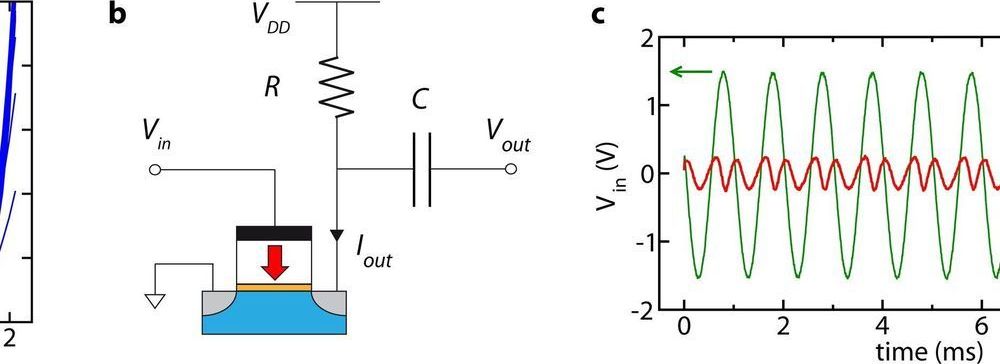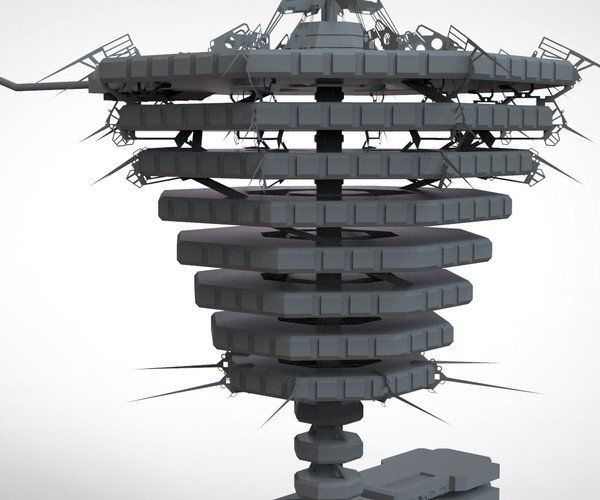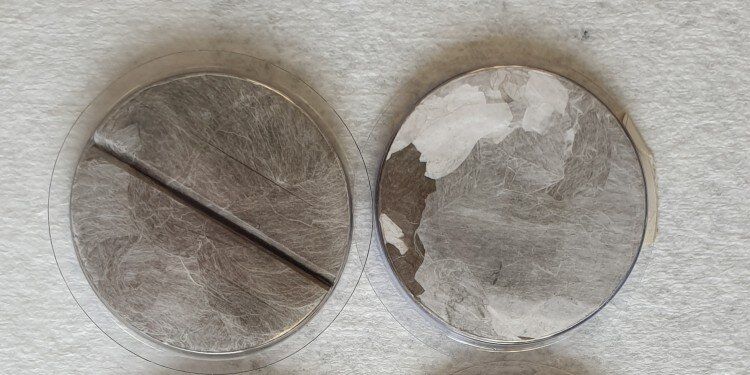Jun 12, 2020
Aqua-Fi could bring Wi-Fi-like tech to the underwater world
Posted by Brent Ellman in categories: internet, mobile phones
Radio waves travel poorly through the water, which makes it difficult for divers or submersibles to wirelessly transmit information to the surface. Scientists are trying to change that, though, by developing an underwater version of Wi-Fi.
Back in 2018, we heard how researchers at Saudi Arabia’s King Abdullah University of Science and Technology (KAUST) had used lasers to transmit HD video through water. Their experimental new system, known as Aqua-Fi, builds on that technology.
A user such as a scuba diver would start by sending data (such as photos or videos) from a smartphone contained in a watertight housing. That data would initially be transmitted in the form of radio waves, going just a few feet to a small device mounted on the diver’s air tanks.
